Financial Ratios
Last Updated On -21 Apr 2025

Knowing the financial situation of a company transcends simple income and expenditure analysis in the fast-paced corporate environment of today. Here financial ratios are useful. Like instruments in a financial toolset, these ratios enable analysts, investors, entrepreneurs, and students to understand the success of a business. They let individuals probe more into how a company is addressing debt, profit generation, and resource management. Financial ratios reveal trends that could otherwise be missed in a flood of data and help to demystify difficult information.
What are Financial Ratios?
Like the balance sheet or income statement, financial ratios are relationships between several variables taken from a company's financial statements. Using these ratios is like taking a snapshot of many facets of a company, including how quickly it can pay its debts, how well it converts resources into profit, or how much it depends on debt to support its activities.
The capacity of financial ratios to offer comparison and clarity makes them powerful. Two businesses might be successful, for instance, but one might be making noticeably more for every rupee it spends. Ratios can show these differences quite precisely. They also help with benchmarking, which is the comparison of a company's performance to either its own historical performance or industry rivals.
Types of Financial Ratios
Financial ratios are instruments that help to bring financial statements to life rather than only statistics. They enable you to know the position of a company, its performance, and what strategic actions should be done going forward. From assessing liquidity to gauging profitability and efficiency, modern finance depends critically on financial measures in all their forms. The different types of financial ratios helps economists in figuring out the nature of situations.
The key types of financial ratios are:
1. Liquidity Ratios
Liquidity ratios indicate a company's ability to satisfy its short-term debt. In the near run, a company is said to be financially strong if it has enough cash or easily convertible assets to cover its present debt. Suppliers and lenders who want guarantees that the company can pay back what it owes on schedule find these ratios especially crucial.
Here’s a tabulated information for types of ratio of liquidity:
|
Type of Ratio of Liquidity |
Definition |
Formula |
|
Current Ratio |
This ratio reveals the number of times the present assets of the company might pay off its present debt. Usually, a ratio above one is good. |
Current Assets / Current Liabilities |
|
Quick Ratio |
Sometimes known as the Acid-Test Ratio. It excludes inventory, which might not be readily convertible to cash, therefore emphasising instantaneous liquidity. |
(Current Assets − Inventory) / Current Liabilities |
|
Cash Ratio |
A conservative assessment of liquidity based just on most liquid assets. |
Cash and Cash Equivalents / Current Liabilities |
2. Profitability ratios
Profitability ratios probe whether a business is profitable and how well it is doing so. These ratios serve to ascertain how successfully the company converts sales into real profit by measuring profit as a percentage of income or assets. Strong profitability ratios usually indicate that a company operates its operations effectively, controls its expenses, and keeps a decent clientele.
Here’s a tabulated information for types of ratio of profitability:
|
Type of Profitability Ratio |
Definition |
Formula |
|
Gross Profit Ratio |
Shows the profit obtained after subtracting COGS from sales, therefore negating the cost of goods sold. |
(Gross Profit / Net Sales) × 100 |
|
Net Profit Ratio |
Shows the proportion of income left over after all expenses that still qualifies as profit |
(Net Profit / Net Sales) × 100 |
|
Return on Assets (ROA) |
Shows how profit-generating the assets are being employed |
Net Profit / Total Assets |
|
Return on equity (ROE) |
From the standpoint of shareholders, measures profitability |
Net Profit / Shareholder's Equity |
3. Leverage Ratios: Solvency Ratios
Solvency ratios center on long-term financial stability. They enable one to determine whether a business is depending too much on borrowed money. A company with a lot of debt may expand rapidly, but it also runs more risk—especially if it cannot create enough income to cover the interest. Conversely, a well-balanced financial structure might give a competitive advantage.
Here’s a tabulated information for types of ratio of solvency:
|
Types of Ratio of Solvency |
Definition |
Formula |
|
Equity Ratio |
Although a high ratio suggests financial risk, it also suggests possible gains |
Total debt/ Shareholder Equity |
|
Interest Coverage Ratio |
Shows how easily a business may pay debt-related interests |
EBIT (Earnings before interest and taxes)/ Interest Expense |
|
Debt Ratio |
Shows the debt-financed percentage of firm assets |
Total Liabilities / Total Assets |
4. Ratio of Activity
Effectiveness Efficiency ratios look at a company's resource and asset usage. They show whether assets are producing enough sales, if receivables are gathered on schedule, or whether inventory is moving fast. High efficiency usually reflects good operational effectiveness and managerial quality.
Here’s a tabulated information for types of ratio of activity:
|
Types of Activity Ratio |
Definition |
Formula |
|
Inventory Turnover Ratio |
Shows annually the number of times the inventory is sold and replenished |
COGS / Average Inventory |
|
Receivables, or debtors, turnover ratio |
Shows the speed of receivables collecting |
Net Credit Sales / Average Accounts |
|
Net Sales / Average Asset |
Turnover Ratio Measures the company's capacity to exploit its resources to create sales. |
5. Ratio of Rates of Market Value
Investors typically employ these measures, which also represent how the market values the stock of a company. They have bearing on income, dividends, and general shareholder value. They help investors determine whether a stock is overpriced or undervalued as well as project future market movements.
Here’s a tabulated information for types of ratio of rate of market value:
|
Types of Rates of Market Valuation |
Definition |
Formula |
|
Earnings Per Share (EPS) |
Shows the profit attributable to every one of a share of stocks. |
Net Income / Outstanding Share Count. |
|
P/E ratio, price to earnings |
Shows investor expectations and earnings worthiness and willingness to pay for |
Market Price per Share / Earnings per Share |
|
Dividend Yield |
Displays the dividend return on investment |
(Dividend per Share / Market Price per Share) × 100 |
Why are Financial Ratios Important?
The ability of financial ratios to tell stories that simple statistics cannot tells their power. They can draw attention to warning signals, such as declining profit margins or growing debt levels, far before they become major problems. They also enable interested parties to make wise choices. Before lending money, for instance, banks review financial ratios; investors use them to gauge stock value; and company owners depend on them for goal planning and budgeting.
Financial ratios also enable comparison of businesses over time and across sectors. For strategy planning, performance assessment, and investment analysis, they are therefore absolutely essential instruments. Particularly for non-accounting professionals, they also make financial statements more easily consumed and user-friendly.
Whether you run your own company, study finance, or are thinking about investing in a company, knowing financial ratios can help you to make wiser, more informed decisions. Knowing financial ratios is not only a must in the data-driven economy of today; it is also essential.
Limitations of Financial Ratios
Though they are quite revealing, financial ratios are not perfect. Their reliance on the truth of financial figures is great; so, accounting methods or even manipulation can affect them. Ratios also fail to consider qualitative elements as brand repute, managerial quality, or future expansion possibility. They should so be combined with more general analysis and background.
|
Did you know? Benjamin Graham—mentor to Warren Buffett—developed the idea of value investing in the 1930s using financial measures. Examining important financial measures, he thought, would help investors find underpriced businesses and create long-term gains. Still extensively utilized today, this approach revolutionized stock market investment. |
Explore More
- Kinked Demand Curve
- Commercial Banks
- Cardinal Utility vs Ordinal Utility
- Evolution of Management Thought
Unlock the insights waiting for you inside, click and read our Commerce Topics Now!
Frequently Asked Questions (FAQs)
What is the need for financial ratios?
Financial ratios also enable comparison of businesses over time and across sectors. For strategy planning, performance assessment, and investment analysis, they are therefore absolutely essential instruments. Particularly for non-accounting professionals, they also make financial statements more easily consumed and user-friendly.
Are financial ratios manipulated?
Ye, when the financial ratios are sometimes misleading, if the data is incomplete, the ratio can give a distorted picture for the company’s health.
What is the frequency for reviewing the financial ratios?
The businesses can review that the financial ratios quarterly or at least annually review the information given, to track the financial progress.








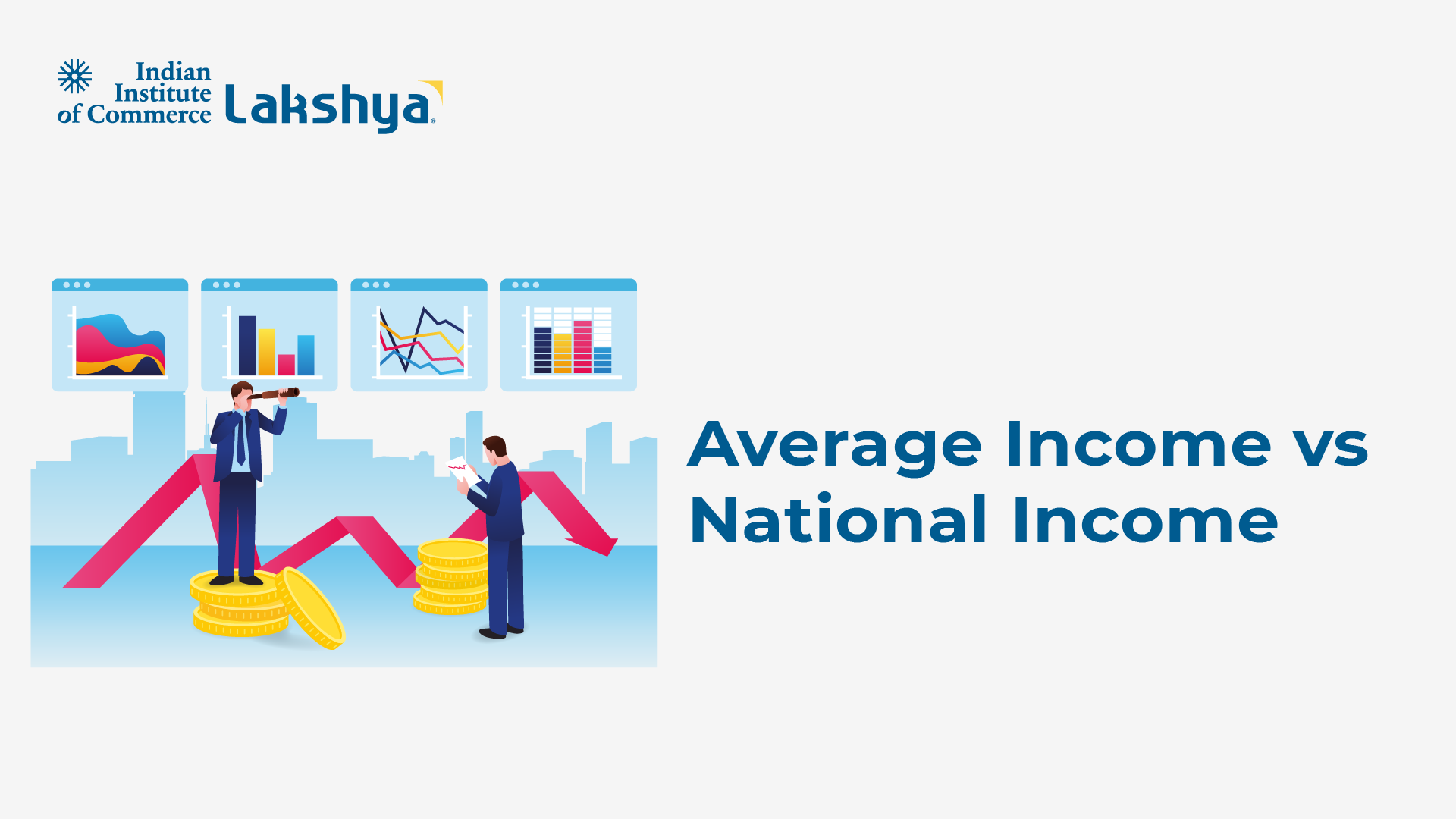
















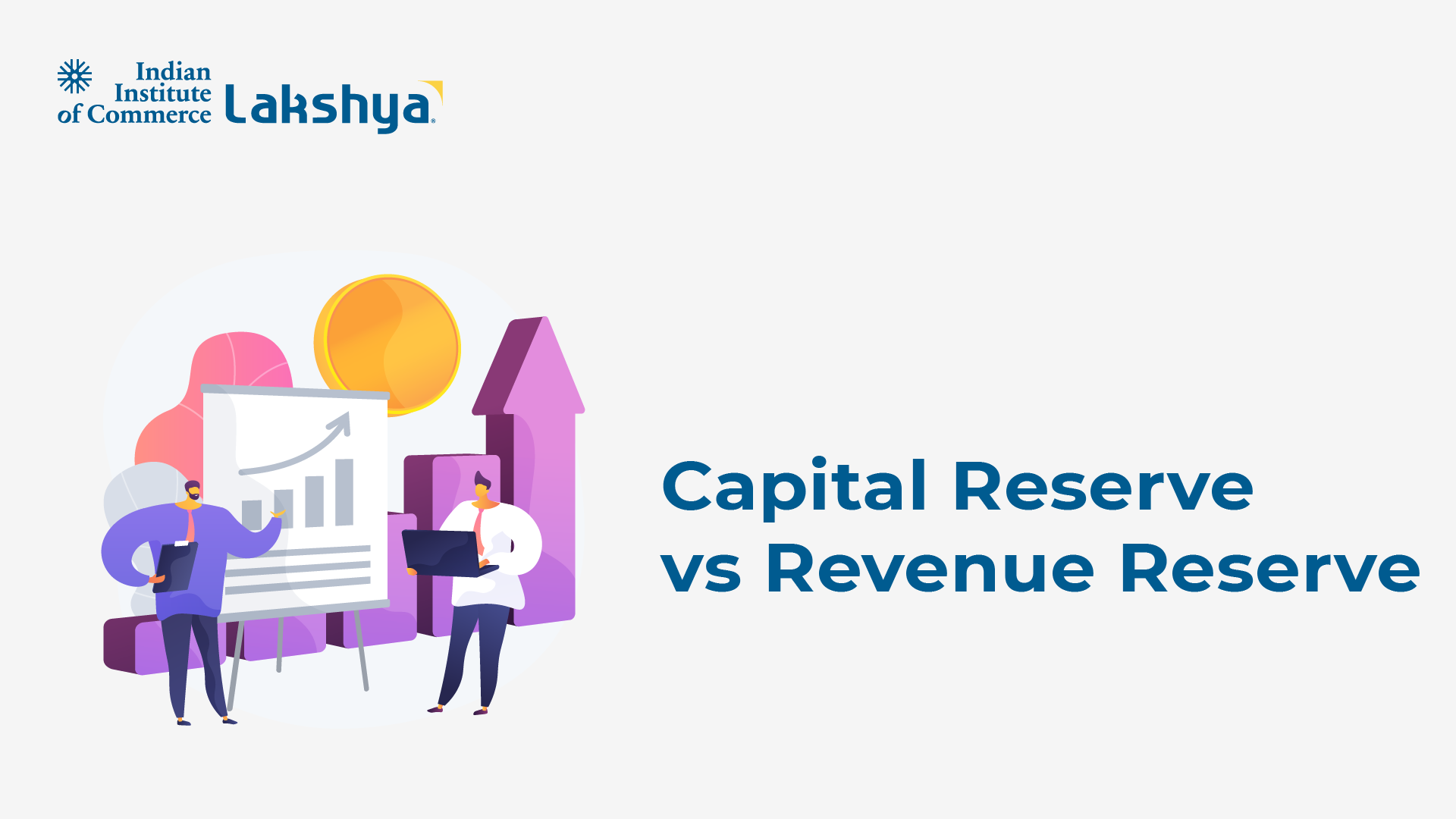
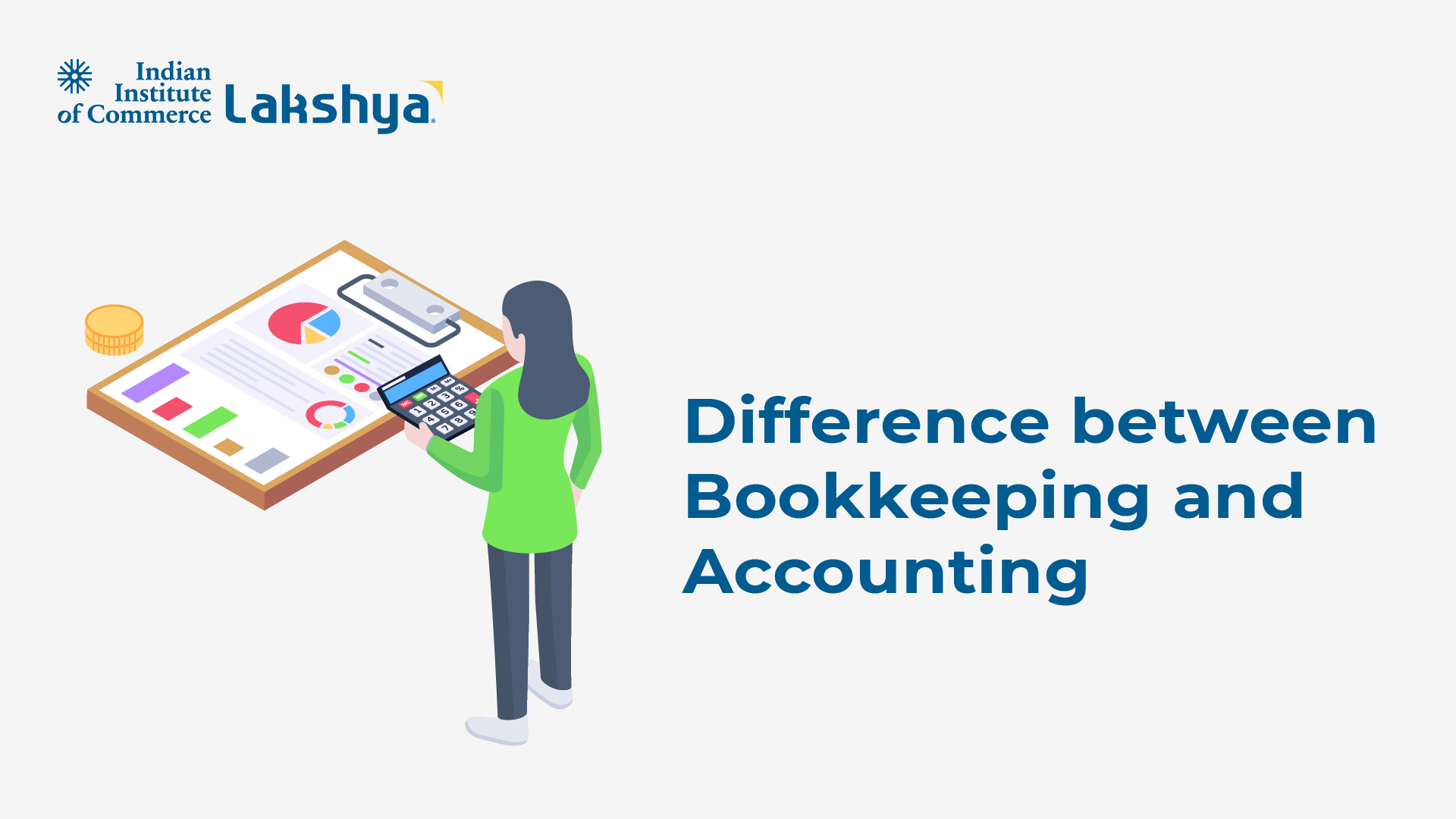










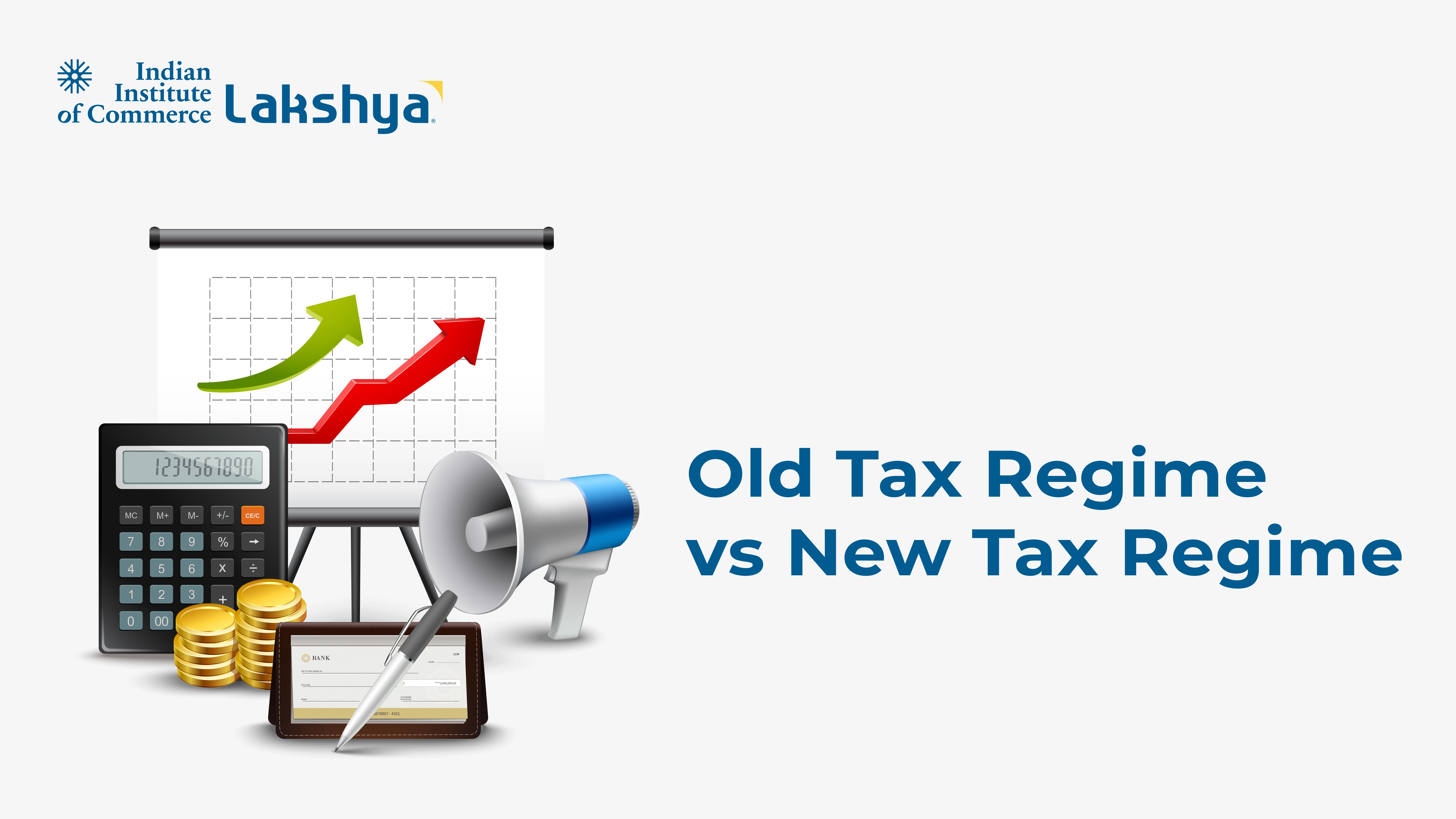










































































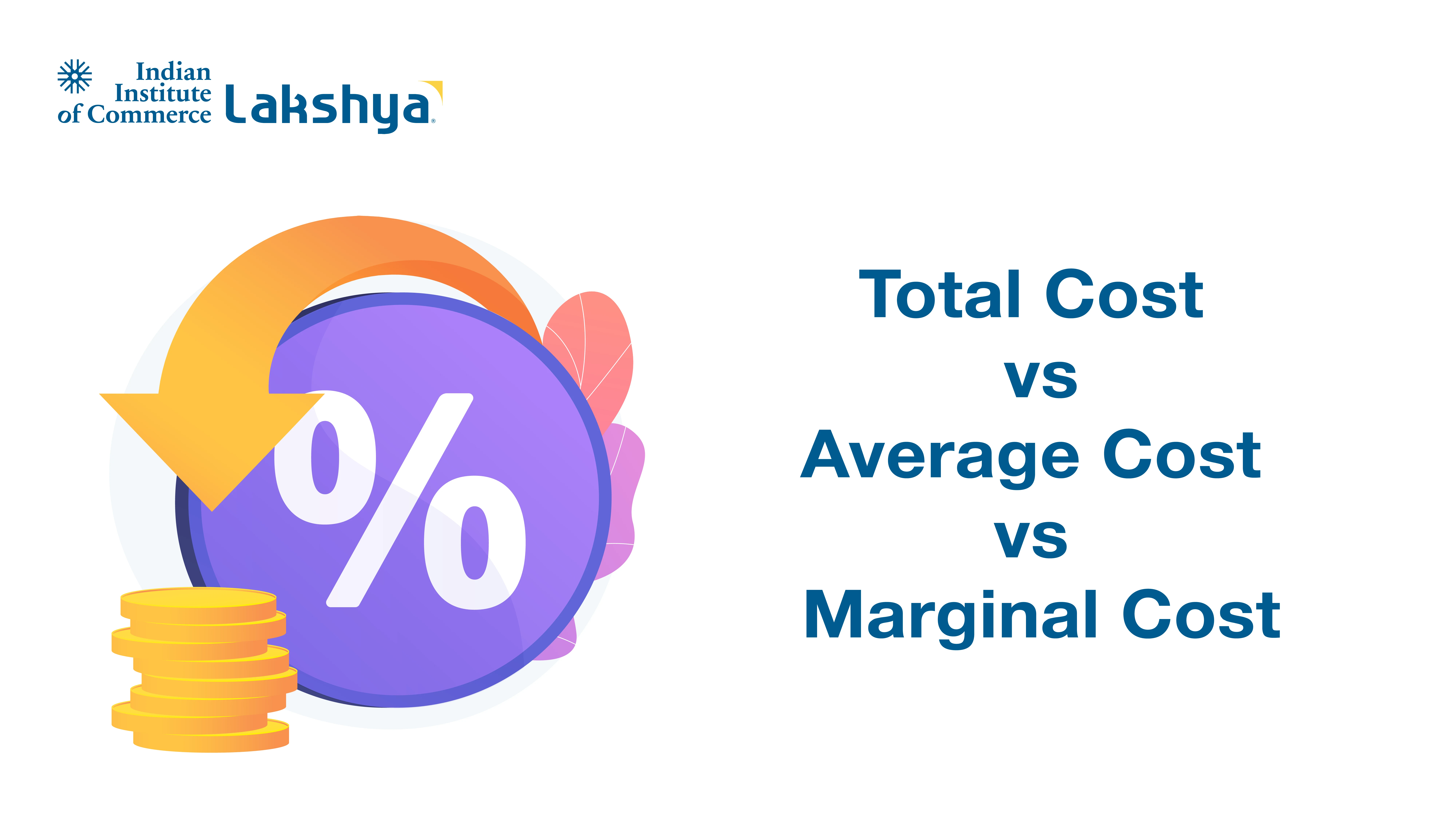








































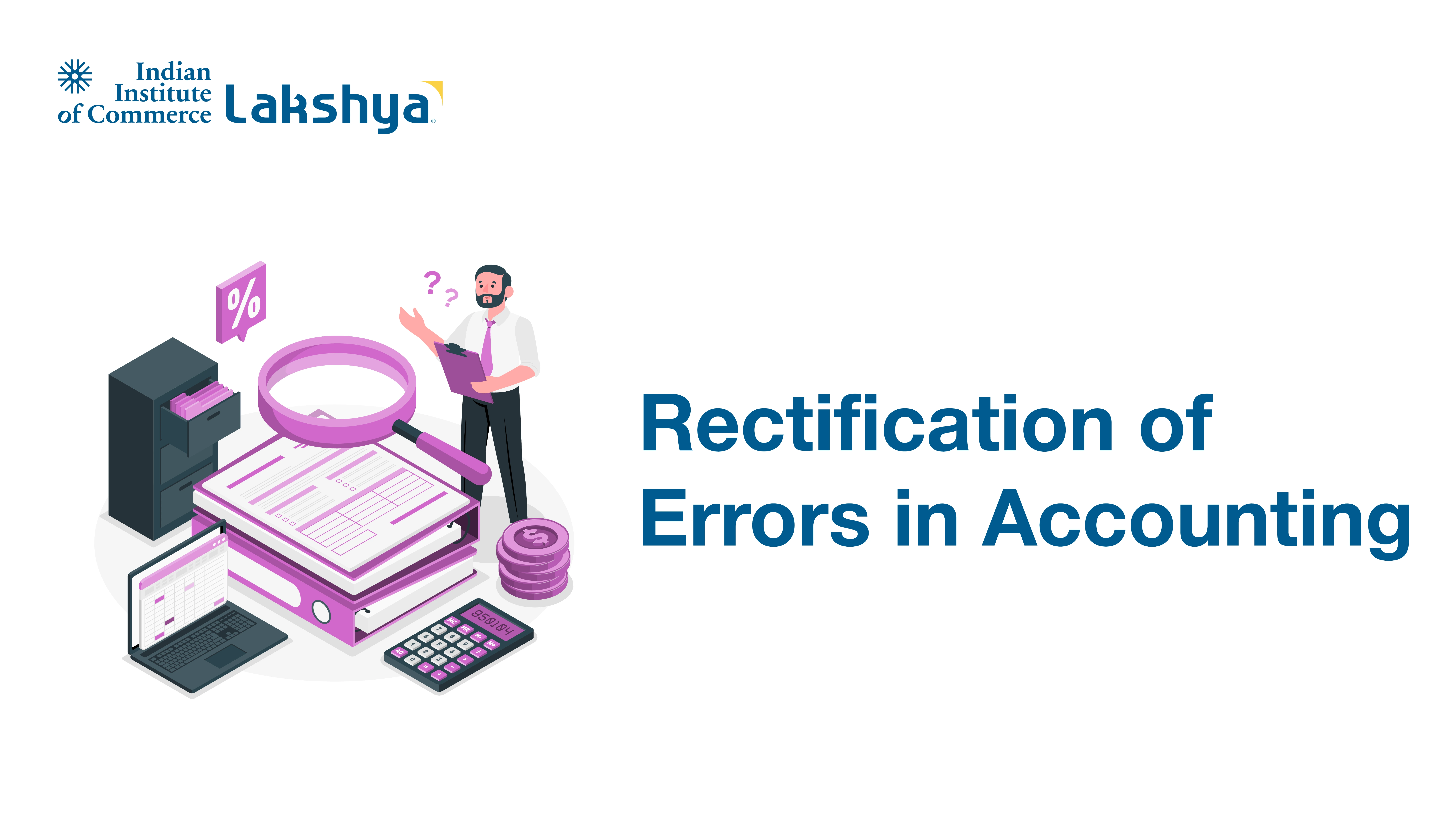
























































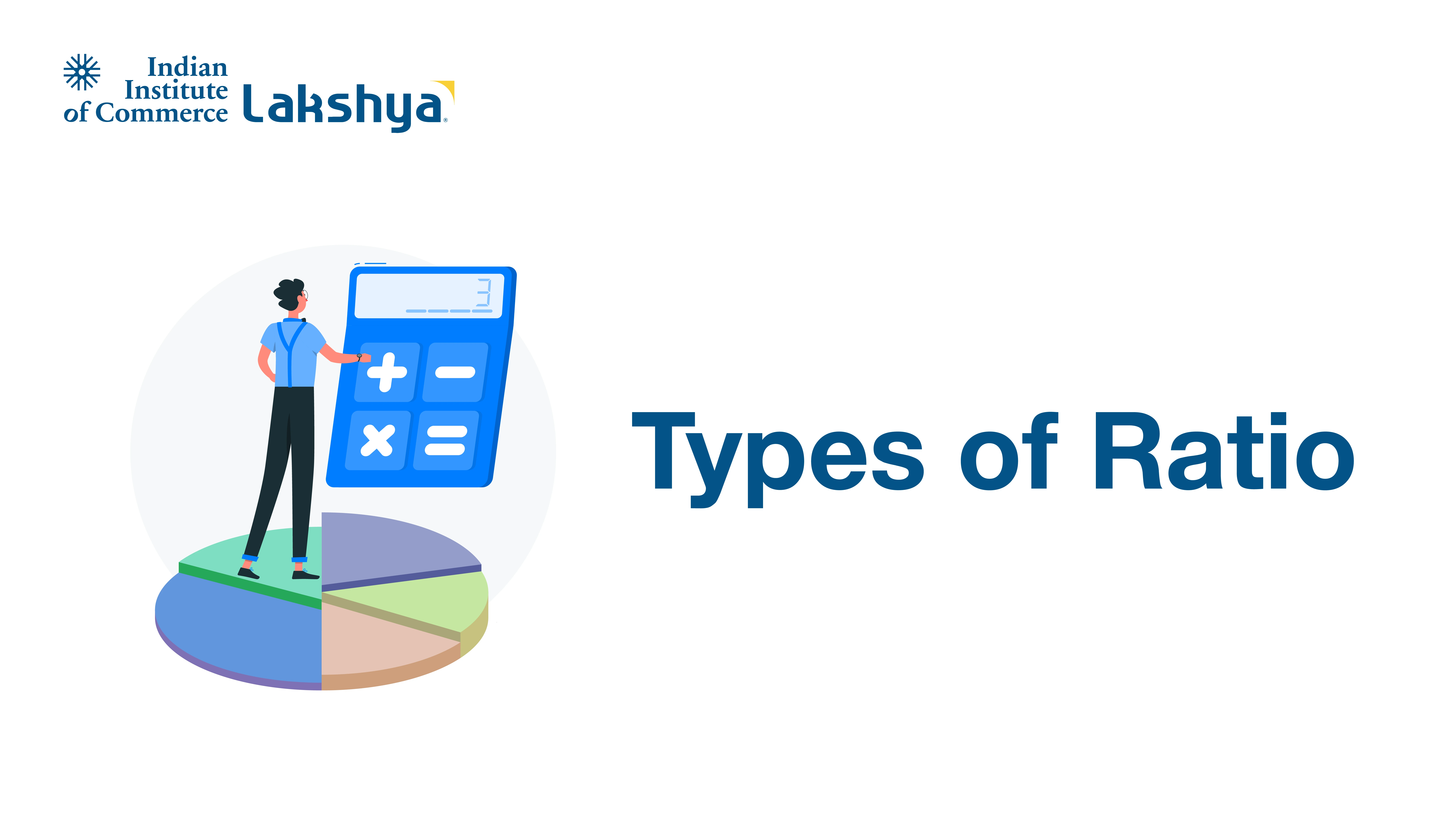








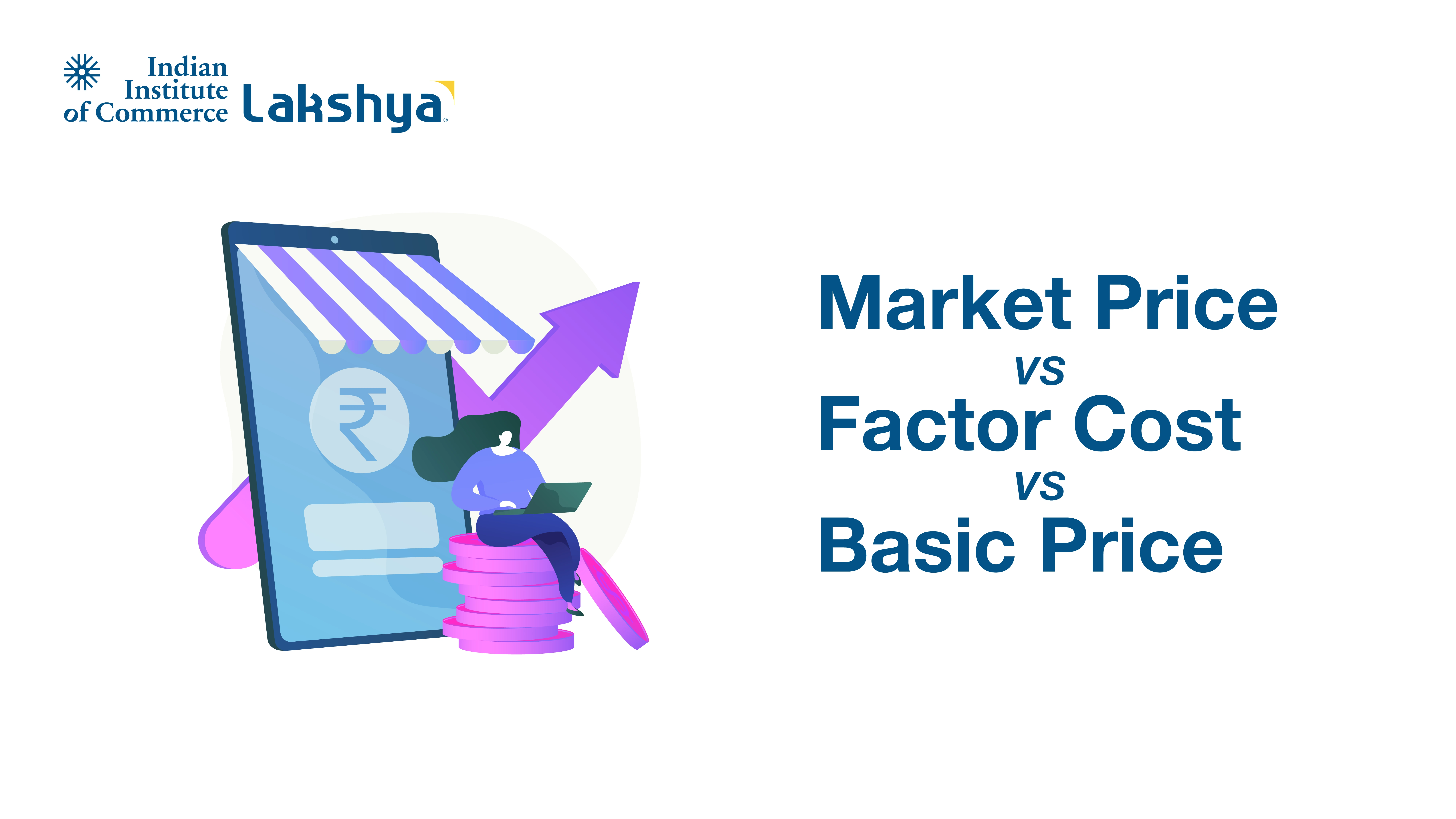















.webp)












































